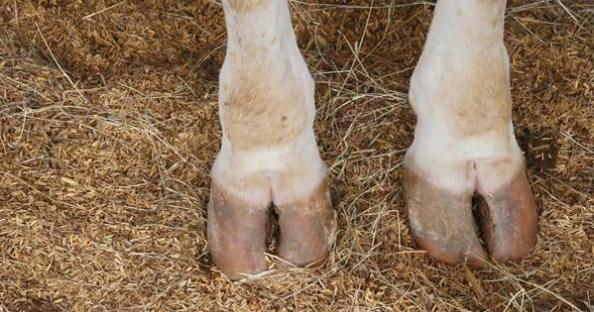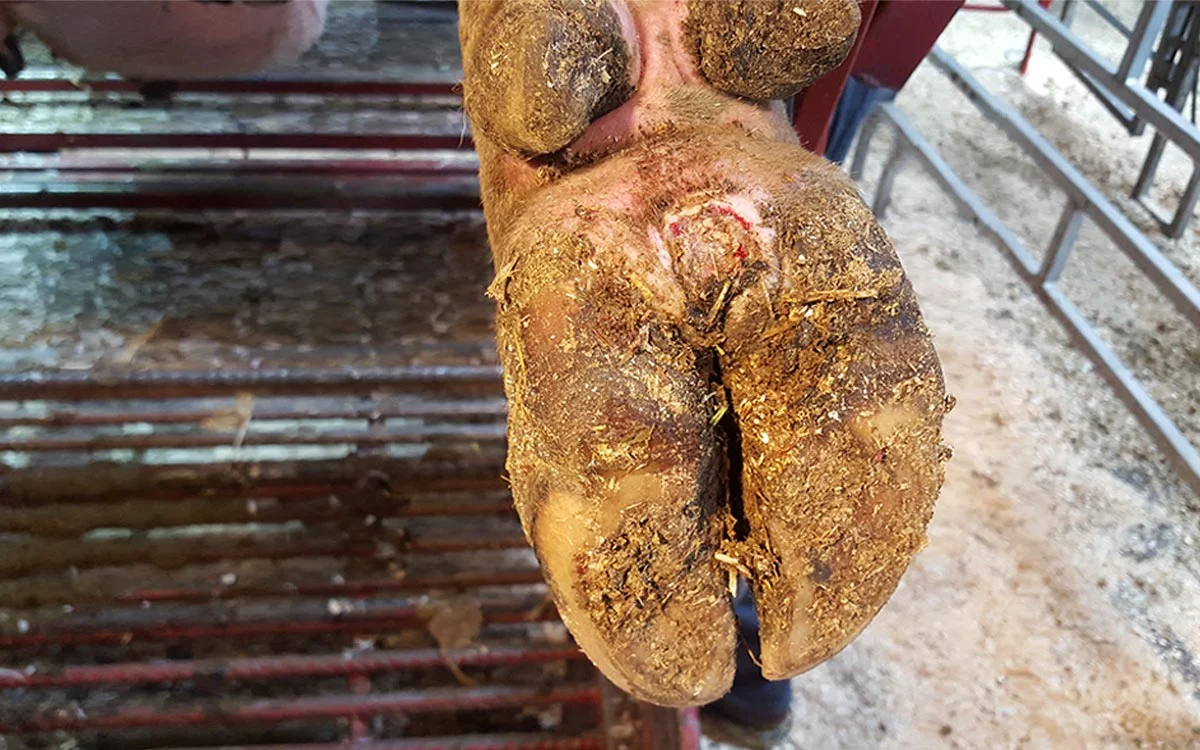It is vital for cattle farmers to be well-equipped with knowledge on how to effectively treat foot rot in their livestock. Foot rot can be a common and debilitating condition in cattle, impacting their overall health and productivity. By implementing the right strategies and treatments, farmers can help prevent and manage foot rot outbreaks, ensuring the well-being of their cattle. In this comprehensive guide, we will provide you with expert tips and advice on treating foot rot in cattle, ultimately leading to improved cattle health and performance.
Key Takeaways:
- Proper Hygiene: Maintaining clean and dry conditions in cattle living areas is crucial to prevent foot rot in cattle.
- Regular Checkups: Implementing routine foot inspections and promptly treating any signs of foot rot can help in improving cattle health.
- Timely Treatment: Administering the appropriate treatment, such as antibiotics or hoof trimming, can aid in managing and curing foot rot in cattle effectively.
Understanding Foot Rot
Causes and Symptoms of Foot Rot

Understanding the causes and symptoms of foot rot in cattle is crucial for early detection and effective treatment. Foot rot is primarily caused by a bacterial infection, commonly Fusobacterium necrophorum, which thrives in moist environments such as muddy pastures and standing water. Symptoms include lameness, swelling, foul odor, and potential ulceration between the claws.
The Lifecycle of Foot Rot Pathogens
An in-depth understanding of the lifecycle of foot rot pathogens is vital in preventing and managing outbreaks. The pathogens responsible for foot rot are opportunistic bacteria that enter the skin through abrasions or softening of the hoof tissue. Once inside the hoof, the bacteria multiply rapidly in the warm, moist environment, leading to infection and subsequent tissue damage.
With prompt treatment and proactive prevention strategies, such as improving hoof hygiene and minimizing exposure to wet conditions, producers can effectively control foot rot in their cattle herds and maintain overall herd health.
Prevention Strategies
Farm Management and Hygiene Practices
Hygiene plays a crucial role in preventing foot rot in cattle. Maintaining a clean and dry environment, regular hoof trimming, and proper disposal of manure are vital farm management practices. By keeping the living areas clean and dry, you can reduce the likelihood of bacteria thriving and causing infections.
Nutritional Interventions and Foot Care
Hygiene is key when it comes to nutritional interventions and foot care. Providing a balanced diet with adequate minerals such as zinc and copper can help strengthen hooves and overall immunity in cattle. Additionally, regular hoof trimming and timely identification of foot lesions can prevent the development of foot rot. Implementing a proactive foot care routine can go a long way in maintaining cattle health.
To ensure optimal cattle health and prevent foot rot, a combination of farm management practices, proper hygiene, and nutritional interventions is crucial. By incorporating these strategies into your cattle management routine, you can effectively reduce the risk of foot rot and promote overall well-being in your herd.
Treatment Options for Foot Rot
Topical and Systemic Treatments
One of the most common approaches to treating foot rot is through the use of topical and systemic treatments. These treatments typically involve the use of antibiotics either applied directly to the affected area or administered systemically through injections or oral medication. It’s important to follow the advice of a veterinarian when selecting and administering these treatments to ensure they are appropriate and effective for your cattle.
Integrative Approaches and Alternative Therapies
The use of integrative approaches and alternative therapies can also be beneficial in the treatment of foot rot. This may include herbal remedies, homeopathic treatments, or acupuncture. These alternative therapies can help support the overall health and immune system of the cattle, potentially aiding in the recovery from foot rot. It’s imperative to work with a knowledgeable practitioner who has experience in these alternative therapies to ensure safe and effective treatment.
It is important to note that while integrative approaches and alternative therapies can complement traditional treatments for foot rot, they should not be used as a replacement. It’s crucial to consult with a veterinarian to develop a comprehensive treatment plan that addresses the specific needs of your cattle and ensures the best possible outcome for their health.
Monitoring and Managing Foot Rot
Best Practices for Monitoring Herd Health
Any successful cattle operation involves regular monitoring of the herd’s health, and this is especially crucial when it comes to identifying and managing foot rot. Be sure to implement a routine schedule for checking your cattle for signs of lameness, such as limping or reluctance to move. Additionally, keep a close eye on the condition of their hooves, looking out for any swelling, foul odor, or discharge.
When to Consult a Veterinarian
Veterinarian consultation is necessary when you have identified an animal with advanced foot rot symptoms that do not improve with initial treatment. Persistent lameness, severe swelling, or systemic signs of illness such as fever or loss of appetite warrant immediate veterinary attention. Keep in mind, early intervention can prevent the spread of foot rot within your herd and minimize the risk of complications.
Understanding when to seek professional help is crucial in preventing further spread of foot rot and ensuring the overall health and well-being of your cattle. Consult with your veterinarian as soon as you notice severe symptoms that indicate the need for specialized treatment and care.
Conclusion

Conclusively, treating foot rot in cattle is crucial for maintaining the overall health and productivity of your herd. By implementing proper management practices, such as regular hoof trimming, providing clean and dry living conditions, and promptly treating any signs of infection, you can effectively prevent and control foot rot in your cattle. Remember that early detection and intervention are key to successful treatment outcomes. By following the tips outlined in this guide, you can improve the health and well-being of your cattle, ensuring a thriving and profitable herd.
FAQ
Q: What is foot rot in cattle?
A: Foot rot in cattle is a common infectious disease that affects the hooves of cattle. It is caused by a combination of specific bacteria that enter through cracks or abrasions in the skin, leading to painful swelling and lameness.
Q: How can foot rot in cattle be treated?
A: Treatment for foot rot in cattle typically involves implementing a combination of strategies such as isolating affected animals, cleaning and disinfecting the infected area, and providing appropriate antibiotics as prescribed by a veterinarian. In severe cases, hoof trimming may also be necessary.
Q: How can foot rot in cattle be prevented?
A: To prevent foot rot in cattle, it is important to maintain clean and dry living conditions for the animals. Regular hoof trimming, proper nutrition, and minimizing exposure to wet and muddy environments can also help reduce the risk of foot rot. Additionally, practicing good biosecurity measures and promptly addressing any signs of lameness can aid in prevention efforts.










